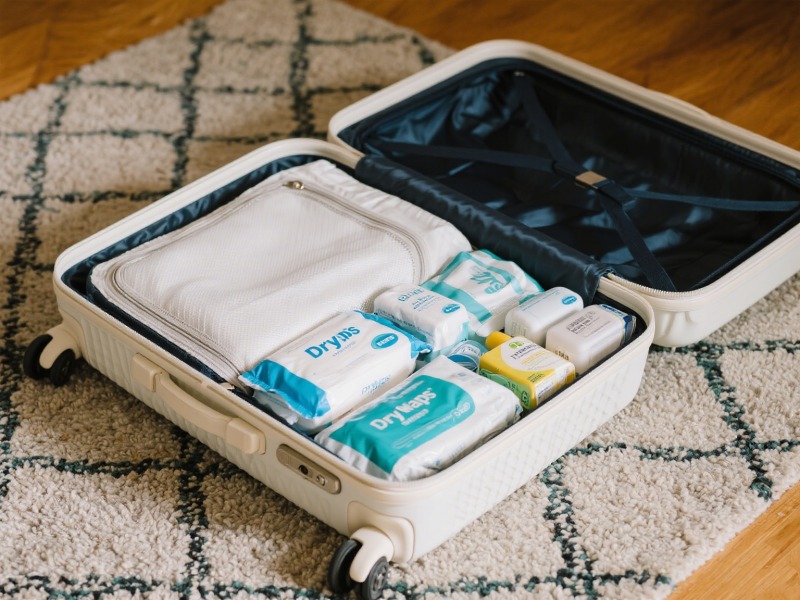Dry wipes may look simple, but they are quickly becoming a global favorite in households, hospitals, and even travel bags. Unlike pre-moistened wet wipes, dry wipes offer versatility, safety, and a fresh sense of control—you decide when and how to use them.
Let’s explore the many reasons why people everywhere are switching to dry wipes and loving the experience.
One Wipe, Many Uses
One of the biggest reasons dry wipes are trending is their multi-functionality. They are not limited to just one purpose—you can use them dry, or add water, cleansing solution, or even warm water to create an instant wet wipe. Families love that one pack can serve as a tissue, a baby wipe, a makeup remover, or even a cleaning cloth for small messes around the home. This flexibility makes dry wipes incredibly practical and a true value-for-money choice. Honestly, who doesn’t love a product that does it all?
Better for Babies and Sensitive Skin

Parents are increasingly choosing dry wipes because of their gentle, chemical-free nature. Unlike wet wipes that may contain preservatives, fragrances, or alcohol, dry wipes are usually made from pure cotton or soft non-woven fabric, making them much kinder to delicate skin. Babies, people with allergies, and even those with eczema often find dry wipes to be a safer, more soothing option. As someone with sensitive skin myself, I can confidently say that using a wipe without worrying about irritation feels like a relief.
Trusted in Hospitals and Elderly Care
In medical and eldercare settings, hygiene is critical. Dry wipes are widely trusted in hospitals and nursing homes because they are single-use, hygienic, and highly absorbent. Caregivers prefer them for tasks like bed baths, wound cleaning, or general patient care, since they reduce the risk of cross-contamination. For elderly patients, they are softer than traditional cloths and much more convenient than bulky towels. Knowing that healthcare professionals rely on dry wipes makes me feel even more confident about using them at home.
Cost-Effective Compared to Wet Wipes
At first glance, wet wipes might seem cheaper—but over time, dry wipes prove to be more cost-effective. Why? Because you can control the amount of moisture or solution you add, there’s far less waste. They don’t dry out in the package, which often happens with wet wipes, meaning you can use every single one without throwing away spoiled products. Plus, since they are multi-purpose, you don’t need to buy separate wipes for different needs. It’s budget-friendly and smart shopping rolled into one!
Travel-Friendly and Easy to Carry

Whether you’re heading to work, traveling abroad, or just enjoying a picnic in the park, dry wipes are a lifesaver. They’re lightweight, compact, and won’t leak in your bag since they don’t contain liquid. If you’ve ever had a pack of wet wipes burst in your luggage, you’ll know why this matters! With dry wipes, you can simply add water when needed, or use them as they are. Honestly, I never travel without a pack—they’ve saved me countless times on long flights and road trips.
Eco-Friendly Options Are Available
With sustainability becoming more important than ever, many brands now produce biodegradable dry wipes made from bamboo fiber, organic cotton, or other eco-conscious materials. These options help reduce waste and environmental impact, making them a guilt-free choice for eco-friendly households. Personally, I find it reassuring that I can enjoy the convenience of wipes while still making a responsible choice for the planet. After all, small steps add up, and eco-friendly dry wipes are one of those easy switches that make a difference.
The rise of dry wipes worldwide isn’t just a passing trend—it’s a response to modern lifestyles that demand versatility, safety, and convenience. From baby care to eldercare, from hospital rooms to airplane cabins, dry wipes prove they are more than just another hygiene product. They are a practical, reliable, and even eco-friendly solution for people of all ages. And honestly? Once you try them, it’s hard to go back to anything else.


